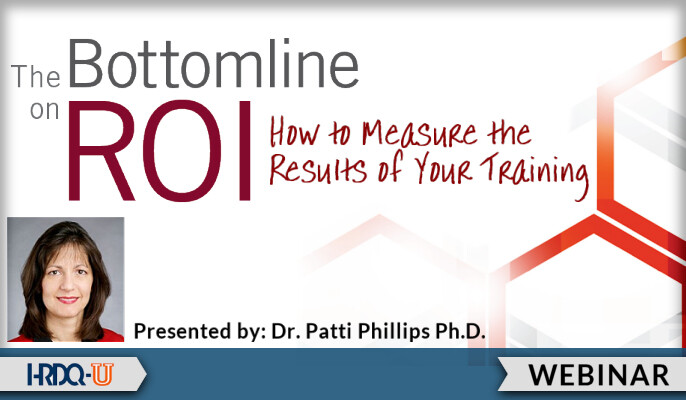The Importance of Credible Data in ROI Tracking
When we’re measuring and evaluating any type of program and project, the key is to be able to answer the questions: What are you doing? How are you doing it? And why are you doing it? So, ensuring you have a method, a process, and a set of standards allows us to answer those questions in such a way that stakeholders get it. They understand what we’re doing and what the results mean. That means we have to have those conservative standards. We have to have consistency. We want reliability, and we need to get credible sources and data, and in the end, the output of an evaluation needs to create a call for action. Your ROI tracking project is not in the numbers produced from the process but in the actions taken. So this new definition of value is really driving our approaches these days in the area of measurement, evaluation, and analytics.
Is a Negative ROI Okay?
The answer is yes. A negative ROI can be a positive thing because it means you have an opportunity to improve. What we don’t want you to do is be afraid of them because if you do have a negative ROI and your senior executive has asked you to demonstrate an ROI for a program, they probably already know it’s negative. Something tells them they need to see what’s happening with that program. So, what you want to do is find the negative first. The idea is to look for what’s working but look for what’s not working so you can improve it, and sometimes that improvement kills the program.
Five Levels of Evaluation in ROI
There are five different levels of evaluation when it comes to an ROI:
- Level 1: Inputs and Indicators
- Level 2: Reaction and Perceived Value
- Level 3: Learning and Confidence
- It doesn’t matter what people know. It’s what people do with what they know that matters. There’s that adage out there that knowledge is power. Knowledge isn’t powerful. It’s what people do with the knowledge that makes it powerful.
- Level 4: Impact and Consequences
- Level 5: ROI
A Complete Story of Your Success
Anytime we have ROI tracking, we report those intangibles, and we always tell the story. We communicate results to stakeholders. We will work in organizations that have done a phenomenal job collecting and analyzing data, but they’re not telling anyone anything. Folks, evaluation without communication is a worthless endeavor. Bottom line… you’re wasting time, money, and effort. So you’ve got to communicate results and do something with the data. In the end, we have that complete story of program success. Here’s what we invested. Here’s what people thought about it. Here’s what they learned and what they did with what they learned. As a result, we’ve improved output, quality, cost, time, customer satisfaction, job satisfaction, work habits, and innovation. We know that improvement is due to our program because we isolate the effects of the program. When we convert benefits to money and compare it to the cost, we calculate this ROI, and by the way, we look at all the intangibles. The complete story of success.

























